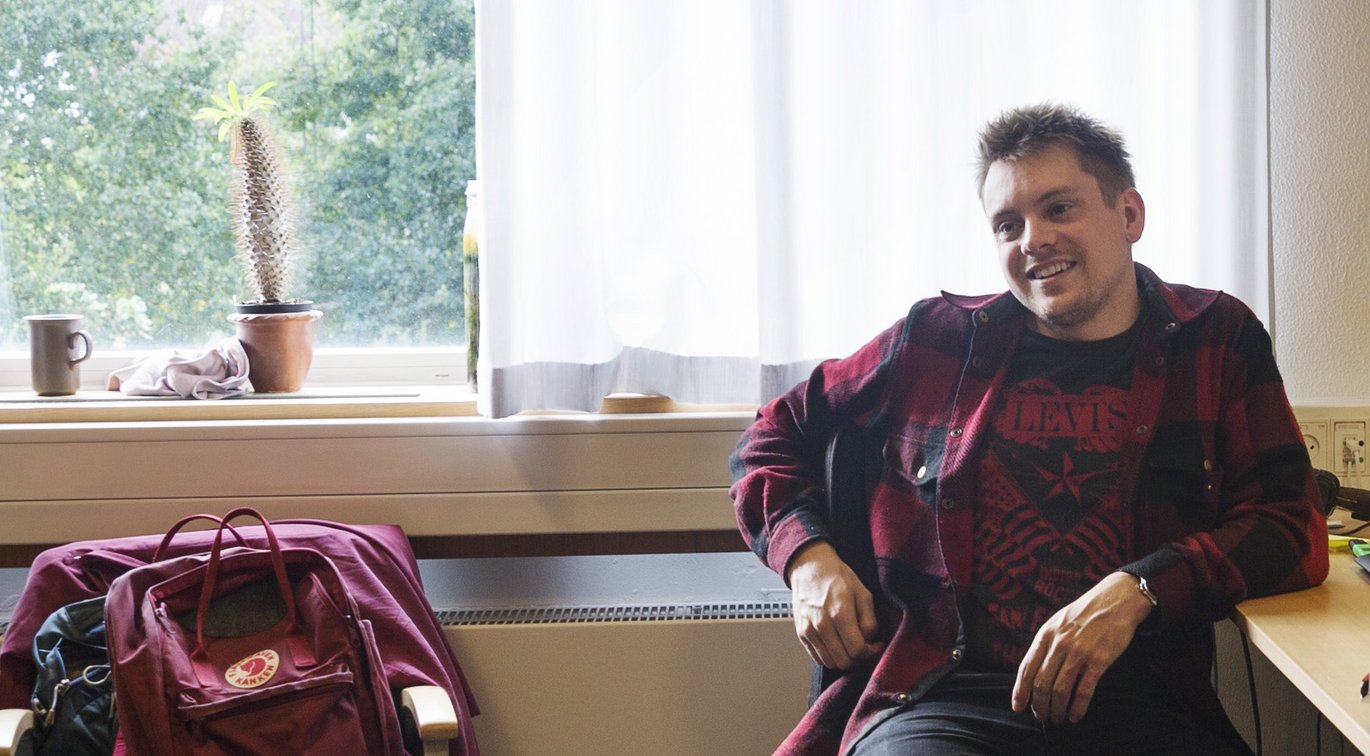Should ‘saving our own butts’ be the only goal of AU’s coming sustainability strategy?
PhD student Tobias Sandfeld from the Department of Bioscience in Aarhus doesn’t believe that AU can become sustainable unless measures aimed at increasing biodiversity are included in the coming sustainability strategy for Aarhus University.

The Aarhus University Board has decided that the university needs a sustainability strategy based on the UN’s 17 sustainable development goals. Fifteen of the goals are specifically about people – at a time at which conditions are better for most of humanity than ever before in history. Which stands in dramatic contrast to the precipitous decline in all other species who share our planet. In fact, the loss of biodiversity is so extreme that scientists here at AU refer to it as the sixth extinction in the history of the Earth.
Biodiversity should be a goal for anyone who wants to call themselves sustainable
The biodiversity sustainable development goals are described in goals 14 and 15. But they are often overlooked in our discussions of a sustainable future. Perhaps because they don’t directly save our own butts like the other sustainable development goals, for example in relation to the climate effort. Nonetheless, anyone who wants to call themselves sustainable should be paying just as much attention to these two goals.
In this perspective, AU can’t be sustainable without making room for wild species on its grounds. And the university ought to develop a strategy for more biodiversity. In fact, you might wonder why initiatives to increase biodiversity on AU’s grounds haven’t already been taken, considering that scientists at the university have been publishing literature on precisely biodiversity decline for decades.
Walk the talk – more life in the University Park
Chair of the Board Connie Hedegaard made the following statement about the possibility of increasing biodiversity at AU in Omnibus:
“(...) after all, it’s not just about what’s inside the buildings, but also about our surroundings. We are one of the most advanced institutions of knowledge that knows most about nature and the environment, and we ought to use that.”
READ MORE: Connie Hedegaard:”Sustainability is part of being an ordinary well-informed person”
An obvious place to start walking the board chair’s talk would be to encourage more biodiversity in the University Park and surrounding areas in Aarhus. This would be an important showcase for the university – by taking the lead, it would show the world that we take the sustainability issue seriously.
Making teaching relevant, lively and participatory
 There would also be a lot of advantages internally as well. For example Associate Professor Anders Barfod, who teaches botany, has proposed making more room for wild plants in the park to use in his classes in plant species identification. As these classes have to take place now, the students sit hunched over wilted plants picked elsewhere. So more biodiversity in the park would be a great opportunity to make these classes more relevant, lively and participatory for students.
There would also be a lot of advantages internally as well. For example Associate Professor Anders Barfod, who teaches botany, has proposed making more room for wild plants in the park to use in his classes in plant species identification. As these classes have to take place now, the students sit hunched over wilted plants picked elsewhere. So more biodiversity in the park would be a great opportunity to make these classes more relevant, lively and participatory for students.
When was the last time seeing a wild daisy ruined your day?
A greater diversity of species in the University Park would also provide both students and employees with daily doses of nature that would enrich their lives. No one has ever had their day ruined by contemplating the riot of wild daisies, dandelions, speedwell and cranesbills that appear in the park’s lawns when the gardeners have been too busy to mow the grass.
READ MORE: Sustainability seminar: “Let’s be brave now. A CO2 neutral AU in five years”
And after a long working day, no one ever curses about being serenaded by blackbirds and titmice celebrating the return of spring. On the contrary. In fact, some of us are bursting with joy when the first solitary bees of the year appear. Who wouldn’t rather admire a tawny mining bee instead of sitting in meeting on the first sunny day in March! These brief glimpses of wild nature are essential to our ability to sense that we are a part of nature and experience our kinship with the world around us.

Here are some concrete proposals for more biodiversity
Most of us would probably agree that experiences in the natural world give us a welcome break in our busy lives, and several studies also suggest that daily contact with nature has a positive effect on our health.
The key to more biodiversity on AU’s grounds is more variation in the landscape, and it is relatively easy to make more room for plants, fungi and insects. Here are a couple of concrete proposals to promote biodiversity in the University Park (in no particular order):
- Create areas with wildflowers, which would provide nectar and pollen to wild bees and other insects.
- Construct dry-stone walls and piles of rocks, and stop removing dead wood in the form of tree trunks, brush and twigs. This would provide shelter to small animals, for example beetles. The dry-stone walls could be designed in a way that highlights the park’s landscape garden style.
Translation: Lenore Messick

